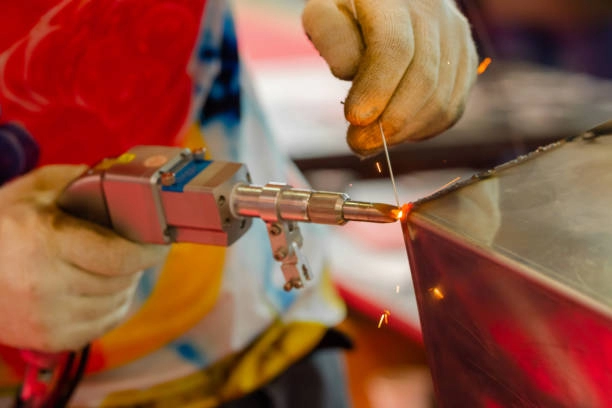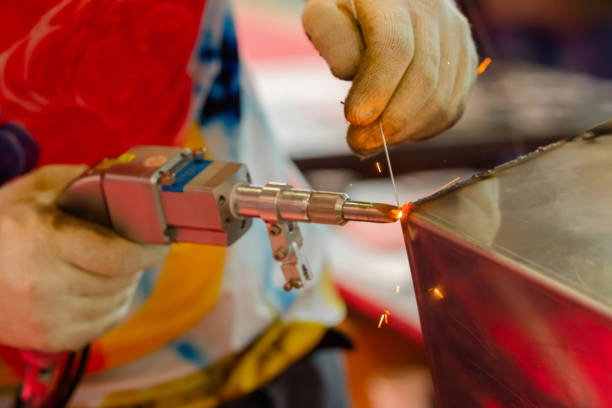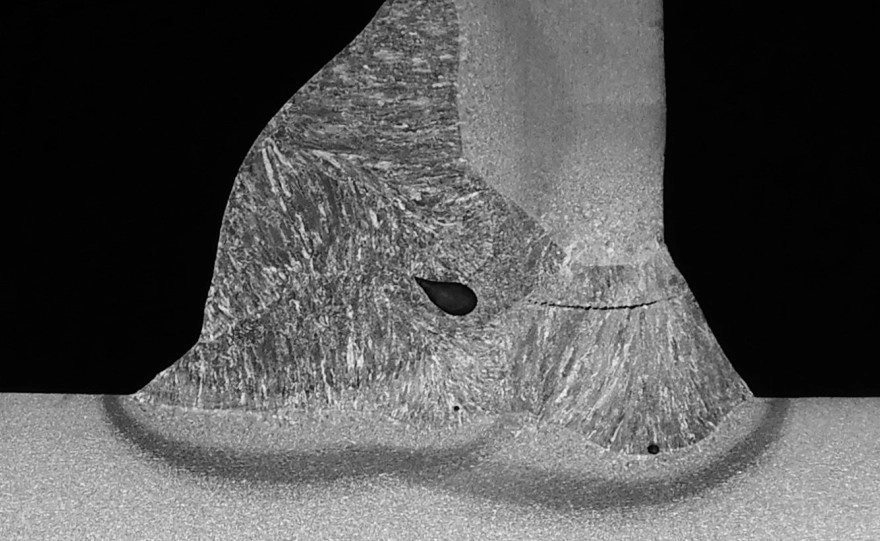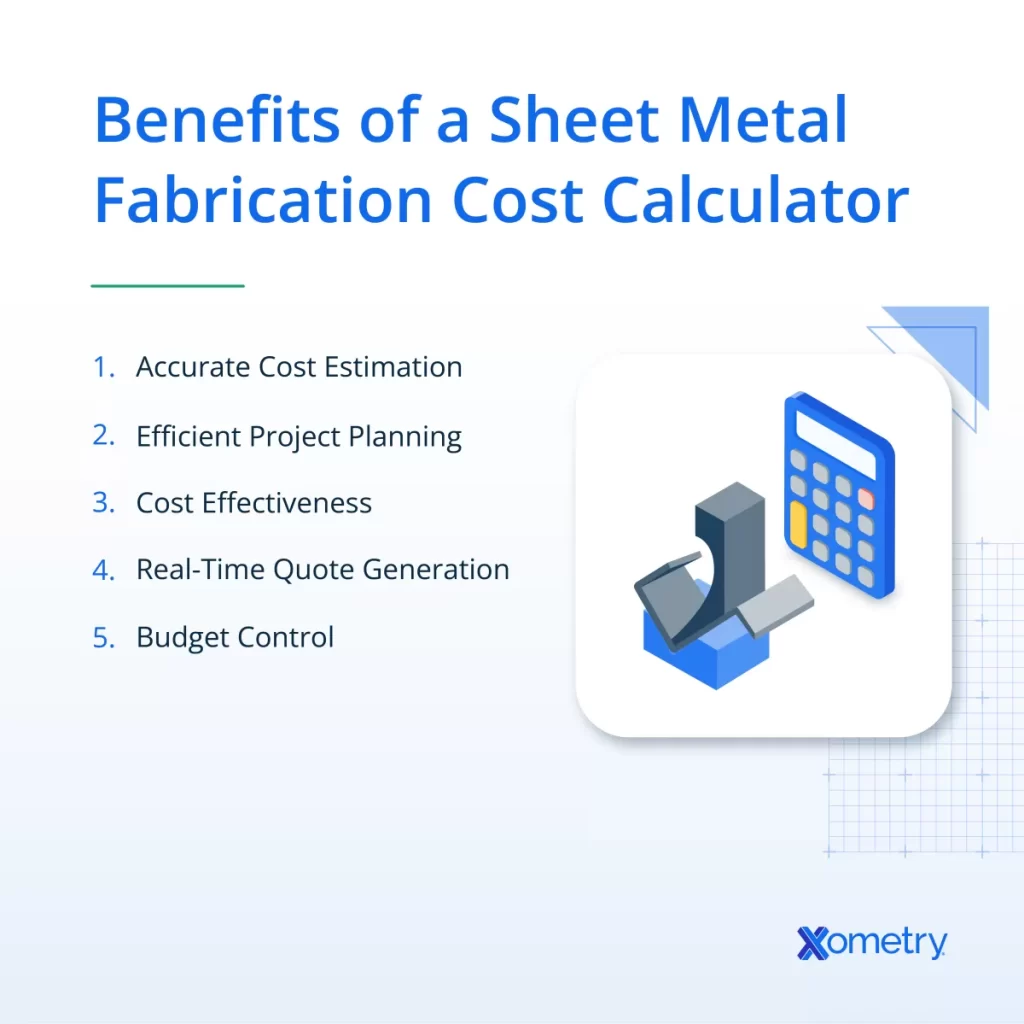Overview of Laser Processing in CNC
What is Laser Processing
Laser processing is a high-precision manufacturing technique that uses focused laser beams to cut, weld, engrave, drill, or mark materials. In CNC (Computer Numerical Control) machining, lasers offer a non-contact method to work on a variety of materials including metals, plastics, ceramics, and composites. The laser beam generates intense heat that vaporizes or melts material along a precise path programmed into the CNC system, resulting in clean and accurate results.
Why Choose Laser Processing for CNC
Laser processing has become a preferred choice for CNC applications because of its numerous advantages:
- Precision: Lasers can produce highly detailed and complex shapes with minimal tolerance.
- Versatility: Suitable for cutting, welding, engraving, drilling, marking, and ablation on diverse materials.
- Speed: Faster processing compared to mechanical methods, boosting overall productivity.
- Minimal Tool Wear: Since the laser does not physically contact the material, tool wear is virtually nonexistent.
- Clean Cuts and Finishes: Reduced burrs and heat-affected zones lead to less post-processing.
- Flexibility: Easily programmable for custom designs and rapid prototyping.
By integrating laser processing with CNC systems, manufacturers gain precise control, consistent quality, and efficient production workflows. This synergy is especially valuable in industries that demand tight tolerances and high throughput. For more details on how laser cutting compares with other methods, see our article on laser cutting basics.
Common Laser Processing Methods

When it comes to CNC laser processing, there are several popular methods, each suited for different tasks. Here’s a quick rundown of the most common laser processing techniques you’ll find in U.S. manufacturing and fabrication:
Laser Cutting
Laser cutting techniques use a focused beam to slice through materials like metal, plastic, or wood with high precision. It’s clean, fast, and perfect for sheet metal fabrication or CNC machining projects where detailed cuts matter.
Laser Welding
Laser welding applications are ideal for joining metals with minimal heat distortion. This method delivers strong, precise welds for automotive parts, electronics, and aerospace components.
Laser Engraving
Precision laser engraving lets you create detailed designs and texts on surfaces. This is great for branding, personalization, or adding serial numbers on everything from tools to medical devices.
Laser Drilling
Laser drilling methods create tiny, accurate holes quickly and cleanly, often used in electronics and aerospace industries where exact holes are a must.
Laser Marking
Laser marking technology allows for high-contrast, permanent marks without damaging the material. This is common for product identification, barcodes, and traceability.
Laser Ablation
The laser ablation process removes thin layers of material with high control, useful for surface cleaning, patterning, or preparing materials for further processing.
Each of these methods offers unique benefits for CNC manufacturing solutions, helping businesses across industries achieve quality, speed, and precision.
Applications of Laser Processing in Key Industries
Laser processing plays a big role across several industries here in the U.S., helping companies tackle complex manufacturing challenges with speed and precision.
Automotive
In the automotive sector, laser cutting and welding are crucial for making car bodies, engine parts, and safety components. Laser drilling also comes in handy for fuel injectors and other precision parts. These methods boost production speed while maintaining high quality.
Aerospace
Aerospace demands tight tolerances and strong, lightweight parts. Laser engraving and marking are commonly used to label components for traceability. Laser welding ensures durable joints in aircraft frames and engines. Accuracy and reliability are key here, and lasers deliver both.
Electronics
Electronics manufacturers rely on laser marking and engraving to add serial numbers and branding on wiring and circuit boards without damage. Laser ablation helps in cleaning and precision shaping of small components. Quick, precise laser processing keeps production lines moving smoothly.
Medical
In the medical field, lasers handle everything from cutting surgical tools to marking implants with patient info. Laser processing helps create detailed engravings on prosthetics and ensures sterile, precise cuts on delicate materials.
How HYCNC Supports These Industries
At HYCNC, we specialize in CNC laser processing that meets the unique demands of these industries. Our expertise in laser cutting, welding, engraving, drilling, marking, and ablation allows us to deliver custom solutions tailored to your project’s needs. We understand U.S. market standards and help clients stay competitive with fast turnaround times and consistent quality.
Choosing the Right Laser Processing Method for Your CNC Project
Picking the best laser processing method depends on your project goals and materials. Here are some key factors to consider:
- Material type and thickness: Different lasers work better with metals like steel or aluminum and non-metals like plastics or wood. Thickness affects cutting power or engraving depth.
- Precision and detail required: For fine engraving or marking, precision laser engraving or laser marking is ideal. For faster, rough cuts, laser cutting works well.
- Production volume and speed: High-volume jobs might benefit from faster processes like laser cutting or welding, while custom or small-batch jobs may need specialized techniques.
- Heat sensitivity: Some materials can warp or degrade under heat. Processes like ultrafast laser ablation reduce heat impact.
- Budget and cost-effectiveness: Consider initial setup, operating costs, and maintenance for each method.
At HYCNC, we guide you through these factors to find the right fit. We offer expert advice based on your project needs and help you choose from laser cutting techniques, laser welding applications, or precision laser engraving services.
Our experienced team works closely with you to optimize results while keeping costs and timelines on track. Whether it’s laser drilling for electronics or laser marking on medical devices, HYCNC supports you every step.
To get a better understanding of how laser cutting compares with other CNC cutting methods, you can check out our detailed comparison of laser vs waterjet cutting.
With HYCNC, you’re not just choosing a laser processing method—you’re getting a tailored CNC manufacturing solution that fits your exact needs.
Future Trends in Laser Processing for CNC
Laser processing in CNC is evolving fast, and several trends are shaping its future. Here’s what we’re keeping an eye on:
Advancements in Ultrafast Lasers
Ultrafast lasers are changing the game by offering extremely precise cuts and minimal heat damage. This tech lets you work with delicate materials and deliver higher quality results faster—perfect for industries demanding top-notch precision.
Integration with AI and Automation
AI and automation are making CNC laser processing smarter and more efficient. AI helps optimize laser paths, predict maintenance issues, and reduce errors. Automation speeds up production, lowers costs, and improves consistency. Together, they boost performance, especially for big manufacturing runs.
Sustainability in Laser Processing
Sustainability matters more than ever. Laser processing uses less material waste and energy compared to traditional methods. Future developments focus on increasing energy efficiency and using greener laser technologies to reduce the environmental footprint—something important to many U.S. manufacturers today.
HYCNC’s Commitment to Innovation
At HYCNC, we’re dedicated to bringing these advancements to our customers. We continuously upgrade our CNC laser processing solutions to stay ahead in ultrafast laser tech, AI integration, and sustainability. Our goal is to help U.S. businesses stay competitive with reliable, cutting-edge services that meet both performance and environmental needs.
FAQs
What are the most common laser processing methods in CNC?
The main methods include laser cutting, laser welding, laser engraving, laser drilling, laser marking, and laser ablation. Each serves different purposes, from shaping metal sheets to adding precise details or joining parts.
Why should I choose laser processing over traditional CNC methods?
Laser processing offers higher precision, faster turnaround, minimal material waste, and the ability to work with a wide range of materials. It’s ideal for complex designs and delicate parts where accuracy matters.
Can laser processing handle different materials?
Yes, lasers work well on metals like steel and aluminum, plastics, wood, and even some ceramics. For example, HYCNC specializes in laser cut steel and aluminum, offering tailored solutions for various materials.
Is laser welding better than traditional welding?
Laser welding provides precise, clean welds with less heat distortion and faster processing times. It’s perfect for automotive and electronics industries that demand high-quality joins. You can learn more about laser welding applications and how it compares to other welding methods.
How do I choose the right laser processing method for my CNC project?
Consider your material, design complexity, tolerance needs, and production volume. HYCNC helps customers select the best laser technique to optimize quality and efficiency.
What industries benefit most from laser processing?
Automotive, aerospace, electronics, and medical fields all rely heavily on laser machining due to its precision and reliability. HYCNC supports these industries with custom CNC laser solutions designed for their specific needs.
If you have more questions about CNC laser processing or need expert advice, feel free to reach out to HYCNC for personalized support.




